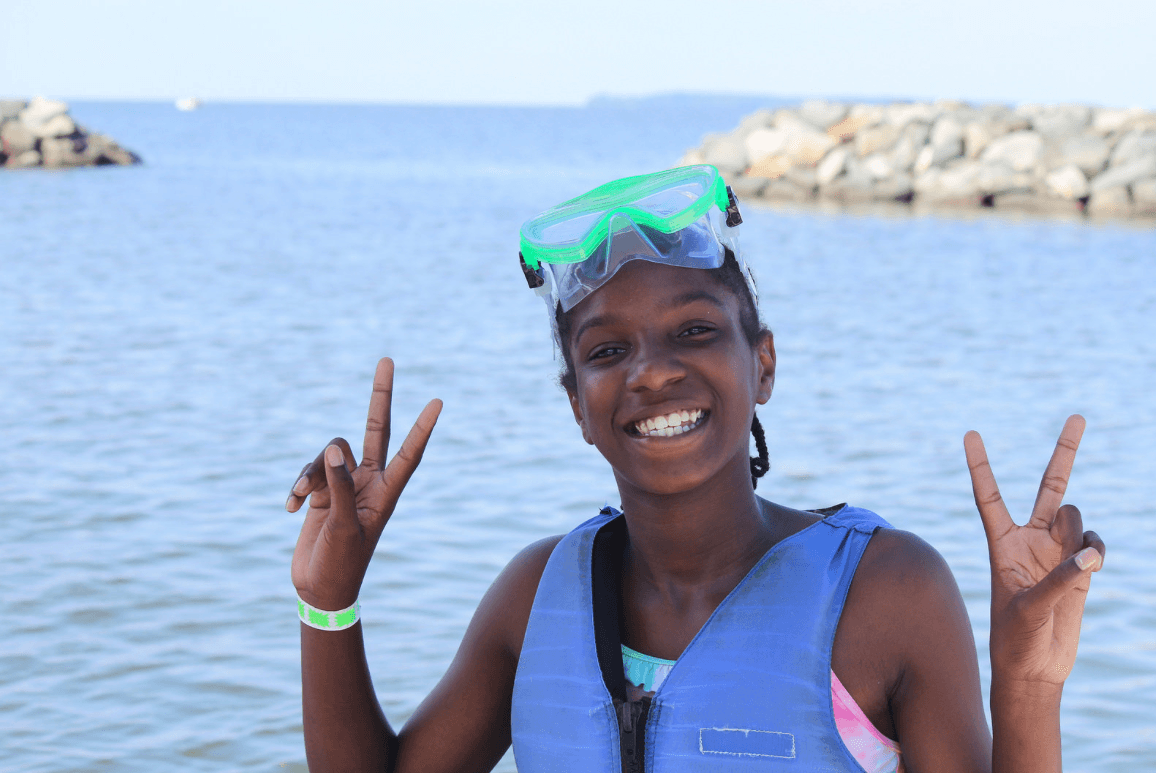Are You Ready To Apply for a Grant?

When looking for sources of funding, many people in nonprofit organizations will say, “Let’s get a grant!”
A grant is not a quick financial fix for your organization. Submitting a grant proposal is a complex endeavor that requires both programmatic and financial planning. Even after identifying a promising prospect, completing a grant proposal submission can take several weeks or even months. Once the proposal request is submitted, it may take three to six months to get a response, and many more months before the check is in the mail to you.
The information below provides a road map that will help you decide whether or not a grant request to a foundation or a government agency is the right path for your organization at this time.
A. WHEN DO YOU NEED THE FUNDS?
If you need funding within a six month window, then submitting a grant proposal probably is not the right avenue for you. Government agencies release Requests for Proposals (RFPs) or Notifications of Funding Availability (NOFAs), usually annually and always with very strict deadlines. Most foundation boards meet quarterly, twice a year, or annually; others meet on their own schedules. If you just missed a deadline, you will have to wait until the next grant cycle to submit an application.
You also have to factor in the time it will take to write the proposal, which will depend on the following:
B. DO YOU HAVE A PROGRAM IN PLACE?
- Is your program up and running?
- Can you describe the program?
- Do you have the staff needed to carry out the program?
- Can you describe your clients? (e.g. age, race, gender, needs, strengths, economic status)
- Are you collecting measurable outcomes data for your program? How do you know if your program is working?
Example:
If you are teaching children to swim, how will you measure success? Do they have to swim a certain distance? Do they need to know more than one stroke? Or is a doggy paddle considered sufficient?
Example:
If you are teaching adults to read, how will you measure success? In this example, it would be wise to conduct a pre-test of skills, then a post-test after the course is over to measure how much improvement has been made.
Example:
If you want to clean up a stream, how will you measure success? Will you measure the water quality before and after your treatment? Will you count how many bags of trash you haul away?
C. ARE YOU PROPOSING A NEW PROGRAM?
- How did you devise your program? What other program models did you consider? How are you incorporating best practices in your field?
- Can you describe the program?
- Can you describe your potential clients? (e.g. age, race, gender, needs, strengths, economic status)
- Do you have the staff needed to carry out the program? If not, how will you recruit them?
- What measurable outcomes data will you collect to demonstrate success?
D. HOW WILL YOU FINANCE THE PROGRAM?
- Have you developed a realistic budget for the program?
- Is your program dependent on securing a grant from this particular foundation or RFP?
- What other sources of revenue can contribute to this program?
- When this grant ends, will you have to discontinue the program?
E. OTHER INFORMATION USUALLY NEEDED TO COMPLETE A GRANT APPLICATION
- Mission Statement
- Historical information (usually 2-3 paragraphs)
- Description of clients, consumers, beneficiaries, including demographics and needs
- Description of program (if your organization manages more than one program, this information is needed for each program)
- Demonstrate sustainability: describe track record, achievements, accolades, accomplishments
- Description of management team and program staff qualifications
- Description of partnerships and affiliations with other organizations, federated campaigns, government agencies, stakeholders, etc.
- Description of benefits to clients, consumers, others; focus on measurable outputs and measurable outcomes
Example:
Children will swim 500 meters after 6 months of instruction
Example:
Participants will improve one grade level in reading after completing the course
Example:
The stream water will be 50% cleaner after six months of treatment, as measured by water samples
F. DO YOU HAVE THESE DOCUMENTS TO ATTACH TO YOUR PROPOSAL?
- 1. Organization’s IRS 501(c)(3) determination letter
2. Any registration/certification required by your state
3. Organization budget – current and upcoming fiscal years
4. Audited financial statements – last 2 years (if available)
5. Most recent IRS Form 990
6. Board of Directors List: Names, affiliations, responsibilities
7. Criteria for board selection
8. Documentation of support from your Board of Directors, i.e. what percentage of your board contributes funds to support the organization? Ideally, 100% of the board should financially support your organization.
9. Organization Chart
10. Newsletters (if available)
11. Published articles highlighting your organization (if available)
– Adapted from “Are You Ready to Submit a Foundation Proposal?” by Judy Grusso
To Learn More...
Grant Readiness is a hot topic for nonprofits. If you're still wondering if your organization is ready, here are more excellent resources on the subject:
- Elise Saltzberg discusses this critical topic in the "Challenges of Grant Readiness" blog post
- Are You Grant Ready?
- Take the GRASP Tool (Grant Readiness Assessment Strategy Prep) 30 Day Challenge
Another great resource is Capacity+, which provides free example templates
for nonprofit organization management, grant writing, and professional development.
Special offer for non-profit organizations: Especially designed for small nonprofits looking to build in-house grant seeking capacity, Capacity+'s Grant Institute
offers a self paced, online course, with 8 on-demand instructional videos, worksheets and handouts for practice and planning, as well as free resources and winning examples. The full price of the program is $350. Use the code: saltzberg to receive $100 off.
Start building grant capacity today for just $250!
As a Capacity+ affiliate, Saltzberg Consulting receives compensation when you purchase Grant Institute.

